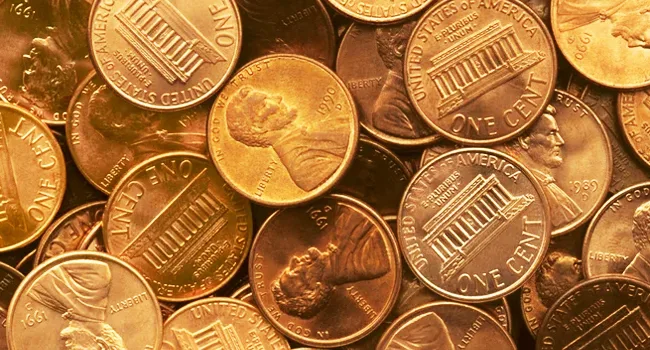The US Treasury Department has announced that the production of one-cent coins, commonly known as pennies, will cease in 2026, ending over two centuries of circulation for the small copper coins.
The move follows a directive from former President Donald Trump, who in February instructed Treasury Secretary Scott Bessent to stop minting the coins, describing them as wasteful, according to the BBC.
The debate over the usefulness and cost of pennies has long been a topic of discussion in the United States. In January, entrepreneur Elon Musk’s unofficial Department of Government Efficiency (Doge) even spotlighted the cost of minting pennies in a post on X (formerly Twitter).
A coin with a long history
The penny was first introduced in 1793 as one of the earliest coins minted by the US government. However, rising production costs have made the coin increasingly uneconomical. The Treasury reports that the cost to produce each penny has jumped from 1.3 cents to 3.69 cents over the past decade.
The US Mint estimates that halting penny production will save around $56 million annually in materials alone.
Critics argue that continuing to produce zinc and copper pennies is an unnecessary drain on resources and taxpayer money. Supporters, however, maintain that the coin helps keep prices stable and plays a role in charity fundraising efforts.
According to the Wall Street Journal, businesses will need to adjust prices by rounding transactions up or down once the penny is phased out.
A Treasury spokesperson confirmed to the BBC, “The Treasury has placed its final order of penny blanks this month, and the US Mint will continue to produce pennies only while existing inventory lasts.”
Global trend away from small coins
The US is not alone in retiring its smallest coin. Canada discontinued its one-cent coin in 2012 due to high production costs and reduced purchasing power. Similarly, the UK minted no new coins in 2024 amid a decline in cash usage, though it continues to circulate £1 and £2 coins.
As cashless transactions become more common worldwide, small denomination coins are increasingly viewed as obsolete.


